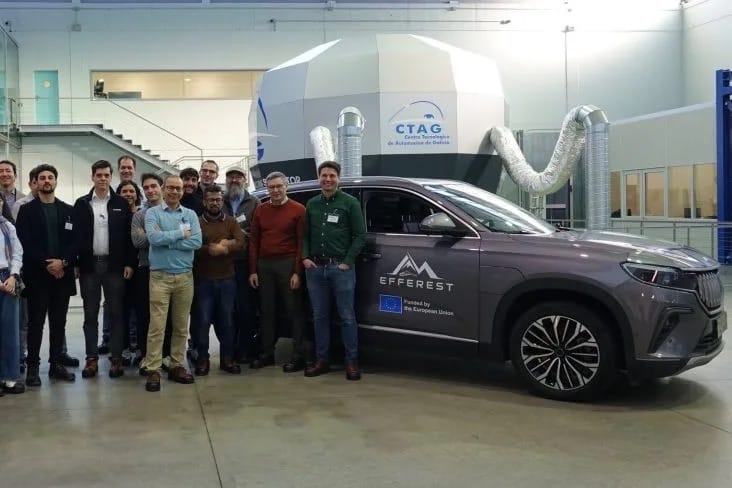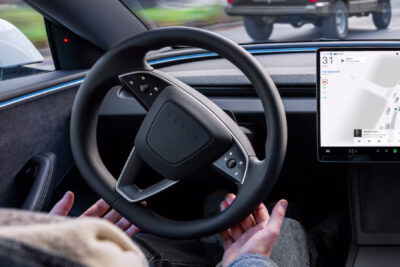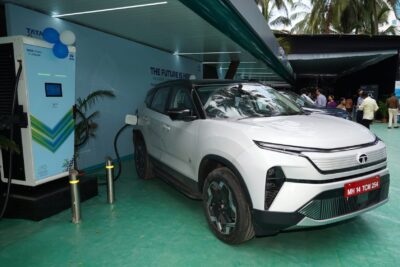Researchers explore balance between comfort and drivetrain performance in electric cars
Led by Virtual Vehicle Research GmbH, the project targets significant improvements in cabin comfort and drivetrain systems by the end of 2026. Considering both together ensures a holistic approach, allowing technical compromises to prioritise user needs without compromising performance or affordability, according to project participants.
Alexander Kospach, project manager at Virtual Vehicle, explained that the systems are being improved not only individually, “but also interconnected, so that any technical compromises to increase efficiency and affordability are made solely in the interest of user requirements.” EFFEREST aims to enhance Europe’s competitiveness and reinforce its industrial leadership in key digital, foundational and emerging technologies, making electric vehicles more appealing for the global mass market.
The project began in early 2024 and runs for three years, with a budget of €4.9 million available to its eleven partners from six countries. Alongside consortium leader Virtual Vehicle Research from Austria, participants include Vrije Universiteit Brussel, Politecnico di Torino, UZAY Tech, Silk Road Clean Energy Storage Technologies, Magna Powertrain Engineering Center Steyr, Automotive Technology Center of Galicia, the European Association of Automotive Suppliers, Bosch, and Togg.
The EFFEREST team seeks a leap in innovative data utilisation, aiming to achieve new levels of energy efficiency already during the EV design phase. The project rests on four main pillars:
- User-oriented development: EFFEREST develops solutions and control systems to make electric vehicles more affordable, energy-efficient, comfortable and safe, focusing on the specific needs of users.
- AI-driven system design: Adaptive digital twins, powered by AI and machine learning, will optimise energy management, thermal management of the powertrain and interior comfort. The system dynamically adapts to user preferences.
- Holistic, user-centred energy management control: A key objective is the development of a Hierarchical User-Centric Control (HUC) system based on a multi-layered architecture of predictive and model-based controllers. HUC enables optimised control of the thermal system and powertrain using the digital twin.
- Application-oriented demonstration: The team tests its innovations in a modified series production vehicle under real-world driving conditions and through virtual demonstrations.
Information per e-mail (in German)
This article was first published by Cora Werwitzke for electrive’s German edition.





1 Comment